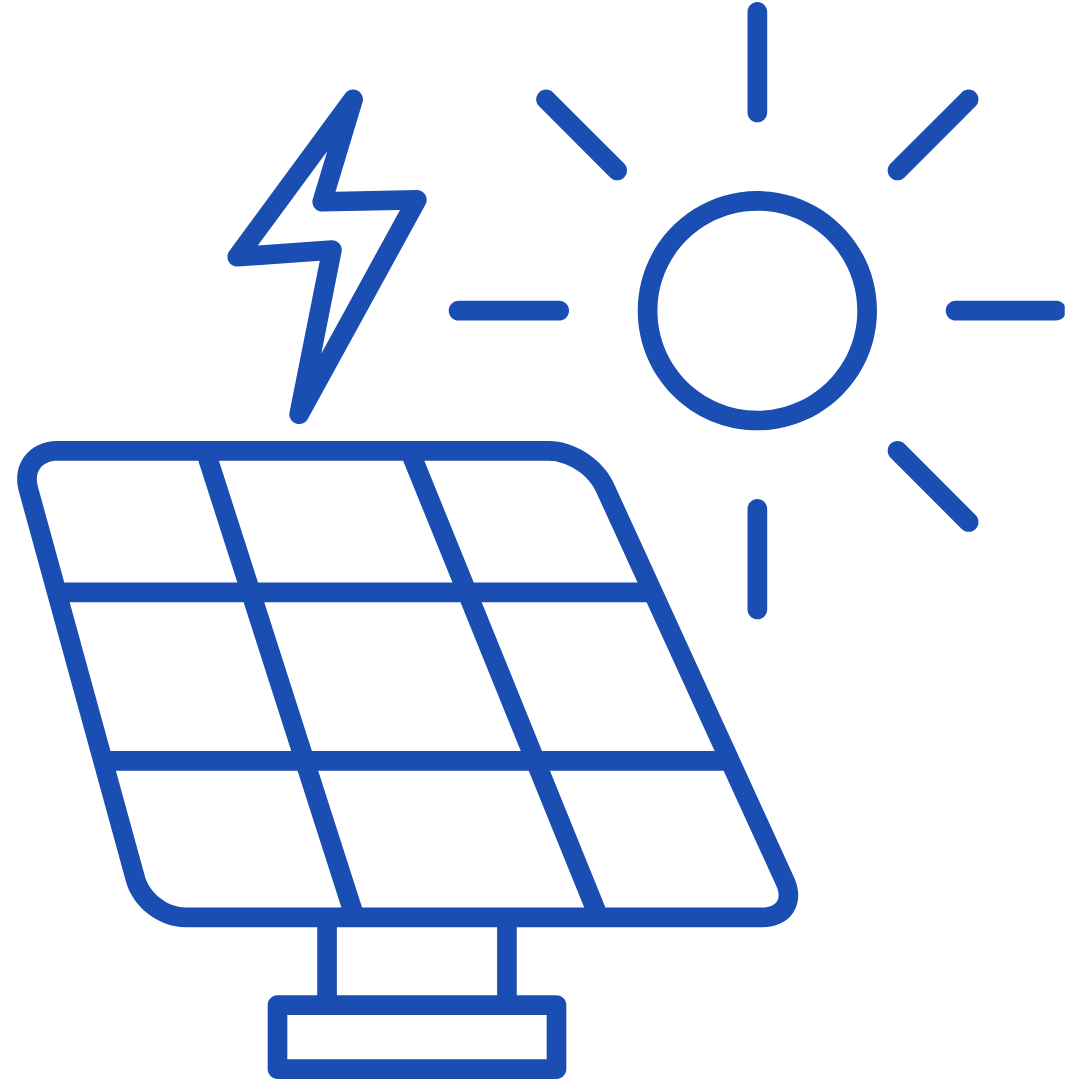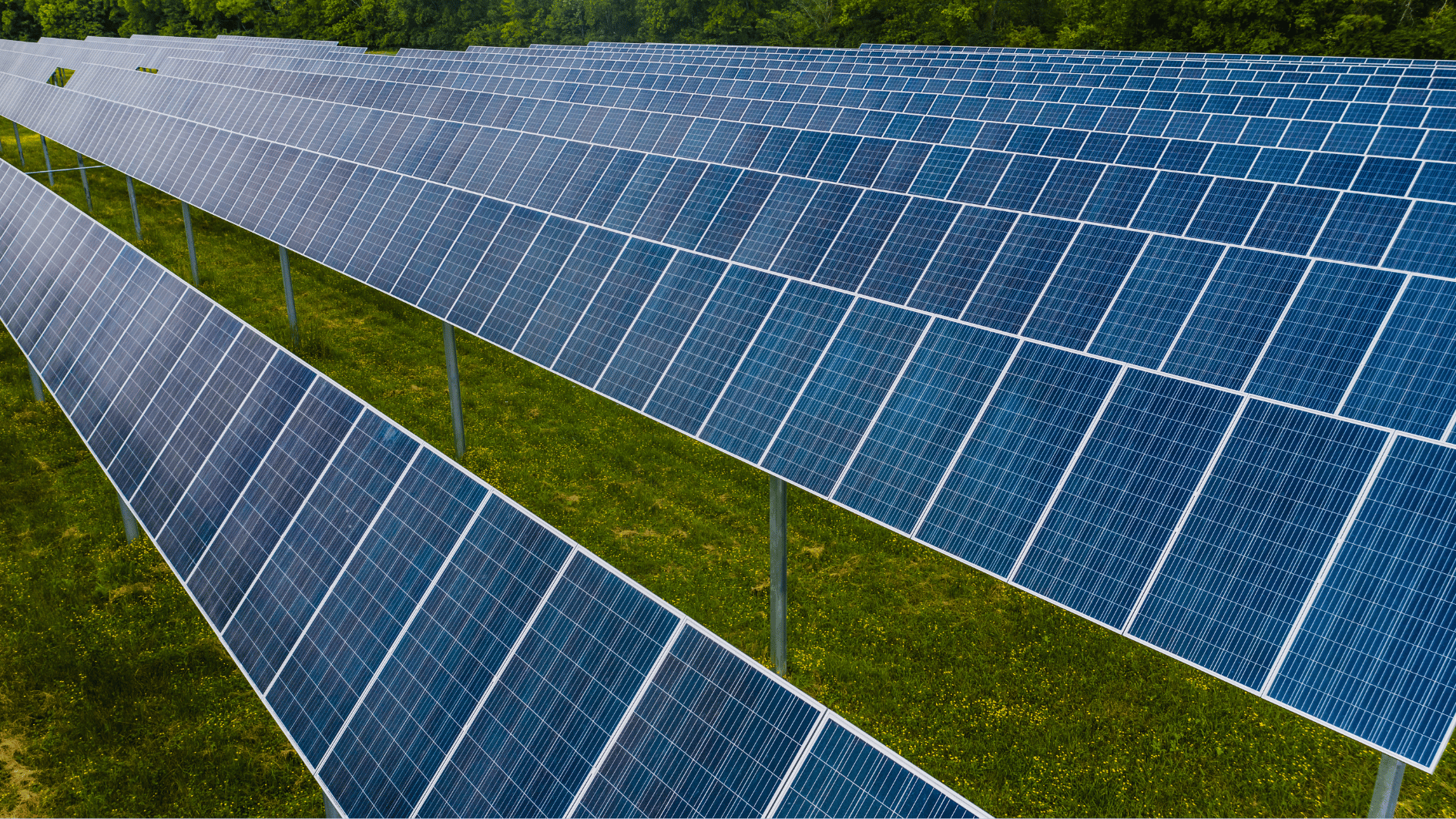Image source: Canva.com
In an era of increasing natural disasters, from hurricanes and wildfires to floods and severe storms, the need for resilient energy systems has never been more pressing. Traditional power grids, often centralized and dependent on large-scale infrastructure, are vulnerable to disruption. When disaster strikes, widespread power outages can leave communities without essential services, communication, and even access to life-saving medical equipment. Solar energy, with its decentralized nature and capacity for integration with battery storage, offers a promising solution to enhance disaster resilience and ensure that the lights stay on when they are needed most.
The Vulnerability of Traditional Power Grids
The power grid is like a giant web of wires and stations delivering electricity to millions. It works great—until it doesn’t. Natural disasters like hurricanes, floods, or fires can easily knock out power lines and substations, leaving communities in the dark for days or even weeks.
Take last year, for example: Hurricanes Helene and Milton slammed Florida, causing widespread blackouts. But in one net-zero, storm-proof community, the lights stayed on. Powered by solar panels and smart grid systems, this innovative neighborhood generates as much energy as it uses. With durable construction and energy-efficient tech, it shrugged off the storms while others faced days of darkness.
Or think back to Hurricane Maria in 2017, when Puerto Rico’s entire grid collapsed in the worst blackout in U.S. history. Millions were left powerless for months, a stark reminder of why we need smarter, stronger energy solutions that can weather the storm—and bounce back quickly.
The Advantage of Solar Energy in Disaster Resilience
Solar energy systems, particularly those paired with battery storage, offer several key advantages when it comes to disaster resilience:

Decentralization
Unlike traditional power plants, solar panels can be installed on individual homes, businesses, and community centers. This decentralization reduces the risk of a single point of failure, as power generation is spread across many locations rather than concentrated in a few large facilities.
Independence from the Grid
Solar panels can generate electricity independently of the main grid. When combined with battery storage, they can provide power even during grid outages. This is particularly crucial in disaster situations where the central grid may be compromised for an extended period.
Rapid Deployment
Solar energy systems can be deployed relatively quickly, both in response to immediate crises and as part of long-term recovery efforts. Portable solar generators and microgrids can be set up in affected areas to provide emergency power, while more permanent installations can be built as part of reconstruction efforts.
Sustainable Energy Source
Solar energy is renewable and sustainable, reducing reliance on fossil fuels that may be scarce or difficult to transport in disaster-stricken areas. This not only supports immediate recovery efforts but also contributes to long-term environmental and economic resilience.
Real-World Applications of Solar in Disaster Preparedness
Several communities and organizations have already begun to harness the power of solar energy to enhance disaster resilience.
Hunters Point: A Solar-Powered Safe Haven
Hunters Point, a groundbreaking net-zero community by Pearl Homes, is proving that solar energy isn’t just good for the planet – it’s a game-changer for disaster preparedness. This Florida neighborhood generates more solar power than it uses, storing or selling the extra energy back to the grid. That’s a big deal in a state heavily reliant on natural gas for electricity.
But it’s not just about energy efficiency. These homes are built to take on Mother Nature’s worst. Streets are designed to flood -keeping water away from houses. Power and internet lines are buried to dodge wind damage. Concrete walls, hurricane-proof windows, and fortified doors provide extra storm protection.
Since opening in early 2023, Hunters Point has faced multiple storms, including Hurricanes Helene and Milton, and came out shining. It’s a shining example of how solar energy and smart design can keep communities safe, even in extreme weather.
Puerto Rico: Rebuilding with Solar Power
After Hurricane Maria’s devastating impact, Puerto Rico is turning to solar energy to power its recovery and resilience. With support from programs like the U.S. Department of Energy’s Puerto Rico Energy Resilience Fund, the island is installing solar panels and battery systems in key facilities like hospitals, schools, and community centers.
These upgrades ensure that vital services stay up and running during future disasters, providing a lifeline for communities when they need it most. Solar energy isn’t just lighting up Puerto Rico—it’s helping the island build a brighter, more resilient future.


California Wildfires: Powering Through with Solar
In wildfire-prone California, keeping the lights on during disasters is a challenge. That’s where solar energy with battery storage steps in. These systems are becoming essential for disaster preparedness, ensuring power stays available when traditional grids fail.
Communities are embracing solar-powered microgrids to keep electricity flowing for firefighting efforts, emergency shelters, and communication networks. During wildfire season, solar isn’t just about sustainability – it’s about saving lives and staying connected when it matters most.
Southeast Asia: Solar-Powered Emergency Shelters
In typhoon-prone countries like the Philippines, solar energy is saving lives. Solar-powered emergency shelters now provide reliable electricity for lighting, communication, and medicine storage, even when the power grid goes down. These shelters offer a lifeline during disasters, keeping communities connected and cared for.

Solar Energy: A Key to Disaster Resilience
As climate change fuels more frequent and severe natural disasters, solar energy is becoming essential for resilience. By decentralizing power generation and reducing reliance on the grid, solar offers a sustainable, rapidly deployable energy source that helps communities recover faster after disasters.
Investing in solar isn’t just about cutting emissions or saving on electricity bills – it’s about creating stronger, more disaster-ready communities. From rooftop installations to community microgrids, solar energy provides reliable power when it’s needed most.
In a future with growing climate challenges, integrating solar into disaster preparedness isn’t just smart – it’s vital. Harnessing the sun’s power ensures that even in the toughest times, communities can stay connected and secure.






